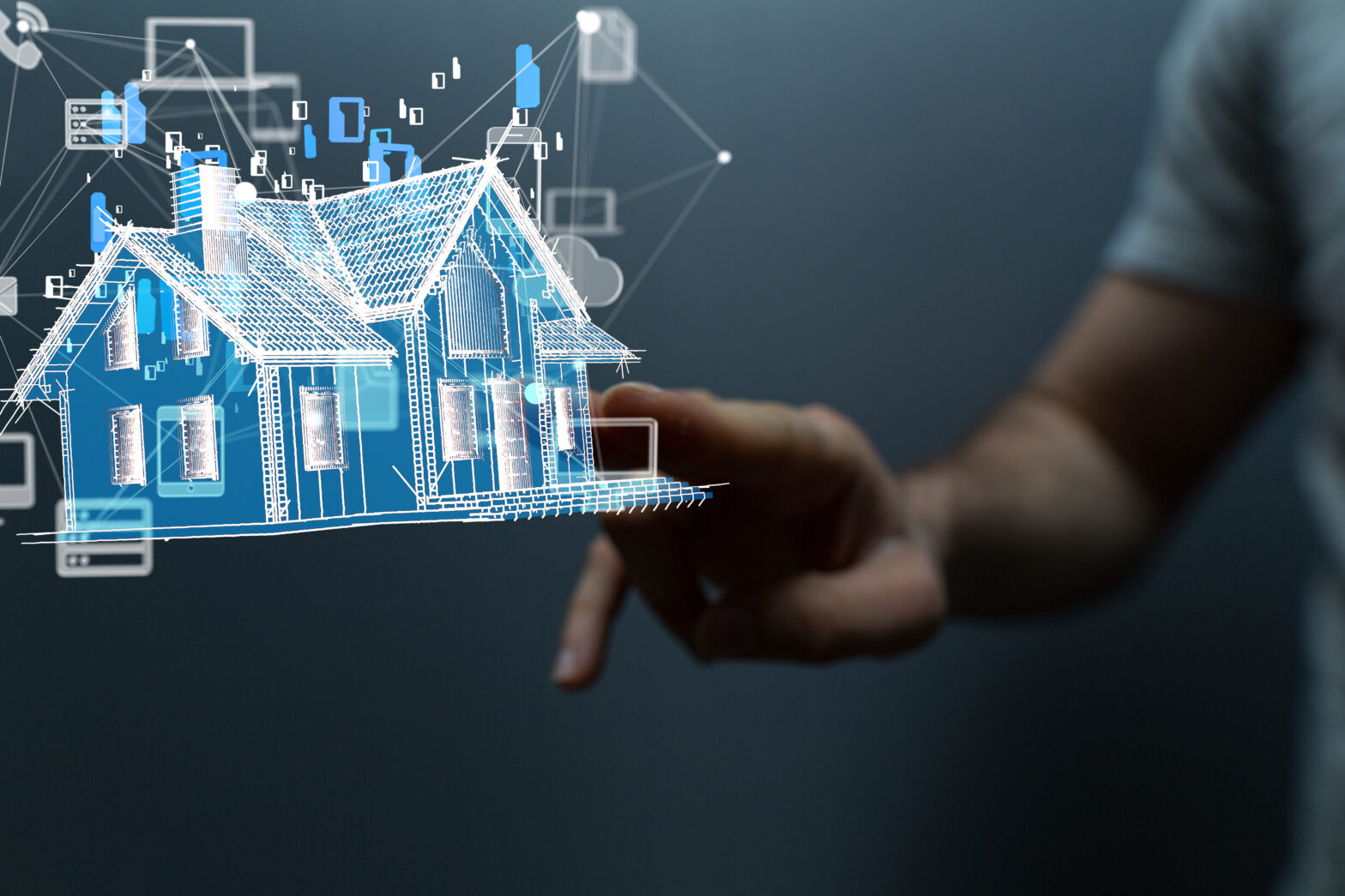Although the connected home has been around in concept form for some time, business models have so far lagged behind the bleeding edge of the industry. This article will look at some of the reasons behind this phenomenon, where successful business models are now, and how the smart business models of the future will develop.
The connected home has been a hot topic for a while – indeed the kernel of the idea can be traced right back to GE’s concept showrooms of the 50s – but only in the last few years has it become a real force to be reckoned with.
As technology has caught up with theory, the very foundation of a ‘smart’ or ‘connected’ home system has become more realistic and as a result, both traditional and non-traditional business models are being used to generate potentially impressive revenue opportunities. PwC predicts that the market as a whole could be worth almost US$150 billion globally by 2020, representing 35% average annual growth over this period.
>See also: Smart home technology at a tipping point in the UK
The range of business models is already quite broad, and due to the vibrancy and diversity of the connected home market there are many examples of success.
Of course, the well-established model of hardware sales will always play a part in the connected home, even when more sophisticated models become fully established. However, the margins achievable and fierce competition make this an increasingly less-tantalising prospect as the market matures.
Pay monthly subscription-based services are a familiar concept for most modern consumers, and offer significant benefits and opportunities, especially for those companies with existing customer relationships based around the home.
A recent Gartner survey in the US – which has a more developed connected home market in some ways than Europe – found that 59% of households with a home monitoring solution do pay a monthly fee, thus proving they see value for these solutions.
Across Europe, telco providers and utility suppliers have established successful new models by supplying a smart home gateway, apps and compatible devices on a 24-month contract basis.
>See also: The Connected Home: A Look at Smart Home Technology
However, the Gartner survey noted that charging for subscriptions for home automation/energy management and health and wellness solutions may well prove more of a challenge as more than half of current households are already using these services free of charge.
The challenge is even greater in the UK, where few home automation services are subscription based and 58% of households with home automation get their services free of charge.
Pay as you go models also have similar user-recognition benefits, and can provide exciting bundling opportunities. One German utility provider is offering six-month prepaid smart home packages, wrapping in a gateway, app and hardware, for example, that not only provides a unique selling point, but also simplifies billing.
The utility market is driving service bundle packages too. For example, utilities are bringing together connected home products with new green energy tariffs, so registering for the new tariff is incentivised with a voucher for a smart home starter pack.
Loyalty-based models have also seen significant uptake, for example, one of the most successful European utilities is providing the latest connected home thermostats to customers and has seen a significant reduction in churn.
>See also: The connected security space in the home
In some other cases insurance companies are partnering with third party smart home security product manufacturers to extend their reach and user base.
However, as the story of the connected home began with connectivity and interoperability, so this will prove to be the future of the sector as well. While current business models are forced to work alongside a range of technical limitations, as these lift so the diversity of business models will be freed up, and will increase in step.
Particularly across Europe, regulatory based models are thriving, as the various national market conditions and connected regulatory structures drive diversity.
The energy industry has provided particularly fertile ground, with numerous national utility regulators allowing smart thermostats to be included within their energy obligation targets, which has enabled some other European utilities to be very successful in signing up many customers to these devices.
It’s fair to say that the current explosion in devices and platforms has made the process of choosing a connected home suite of products and services complex; a fact that is hindering broader uptake – a recent Gartner report found that found that only 10% of households currently have connected home solutions.
Deutsche Telekom believes that consumers and industry stakeholders alike will increasingly align themselves with, and adopt open platforms over proprietary alternatives, where collaboration will add value for all – businesses and end users alike.
>See also: Smart home 2017 predictions
This age of collaboration will allow new and innovative business models to blossom – such as those realised by aggregating third party data or through affinity relationships built around an ecosystem. In addition, models like affiliate programmes or metered use will begin to gain momentum.
Overall, it’s fair to say that the exciting part of new and innovative business model generation is only just beginning, as original ways of delivering value from entirely new datasets, smart home devices and ecosystems start to gain market traction. It is set to be an exciting few years for all business models, traditional and innovative alike.
Sourced by Thomas Rockmann, VP connected home, Deutsche Telekom










